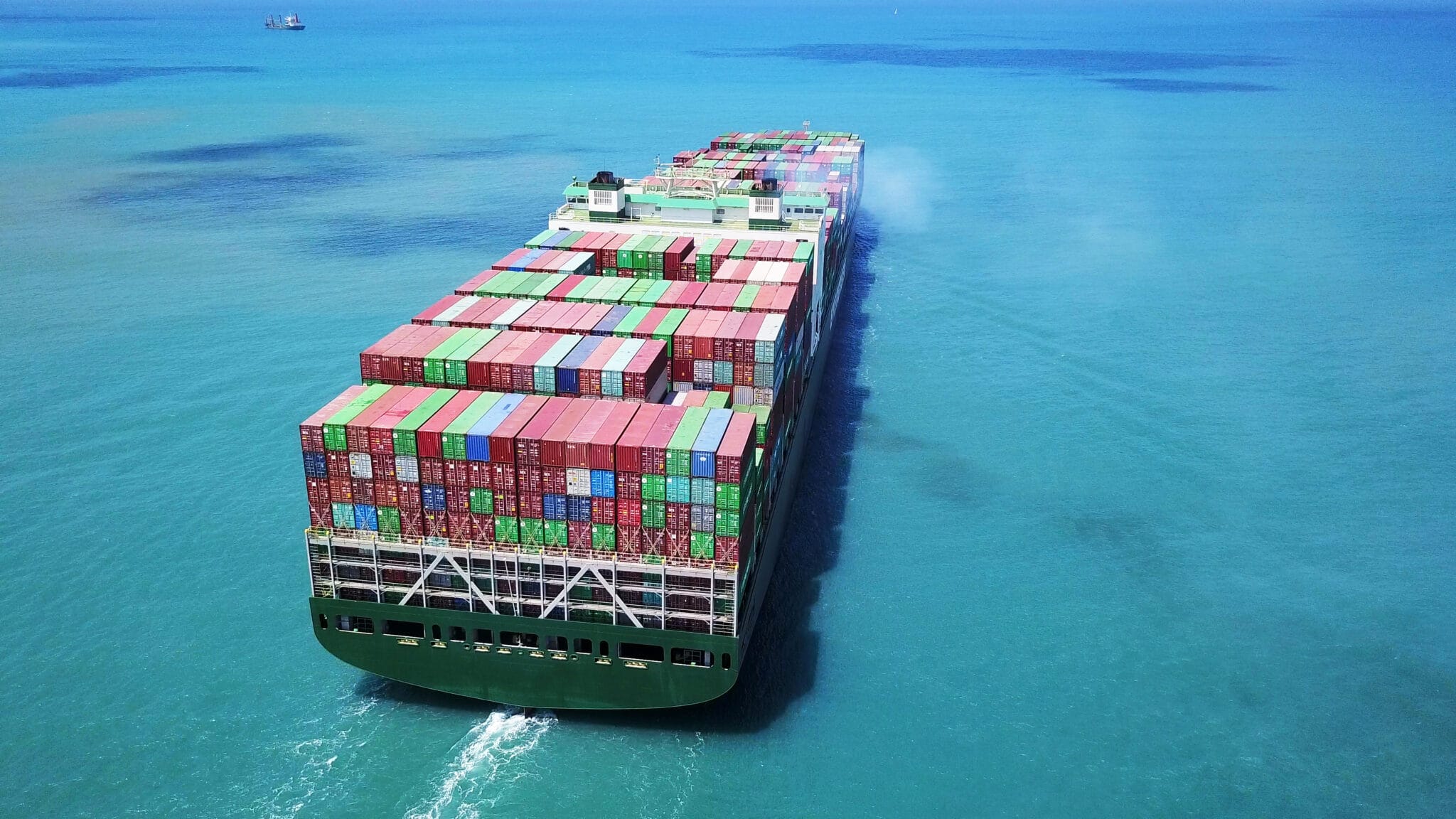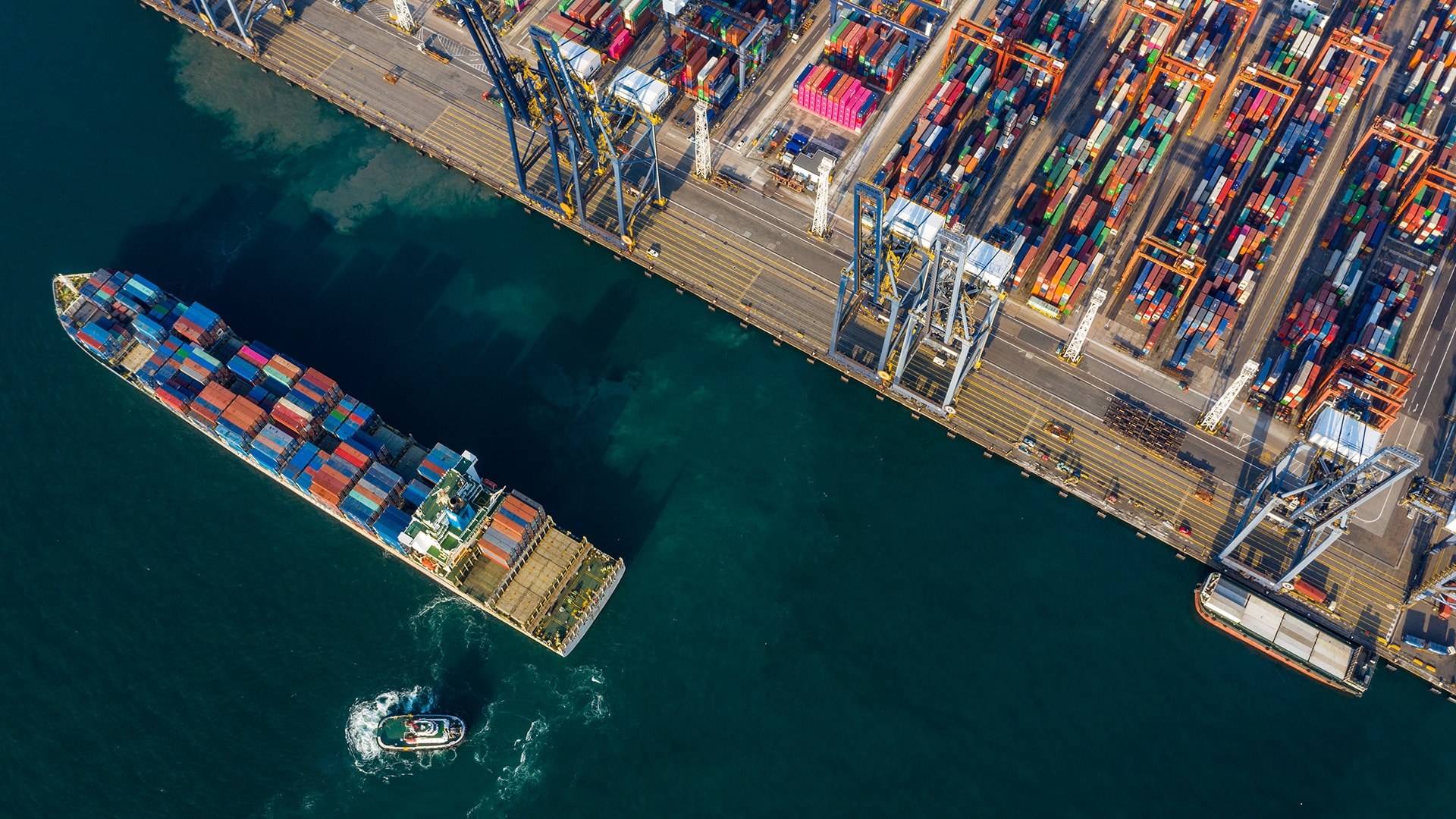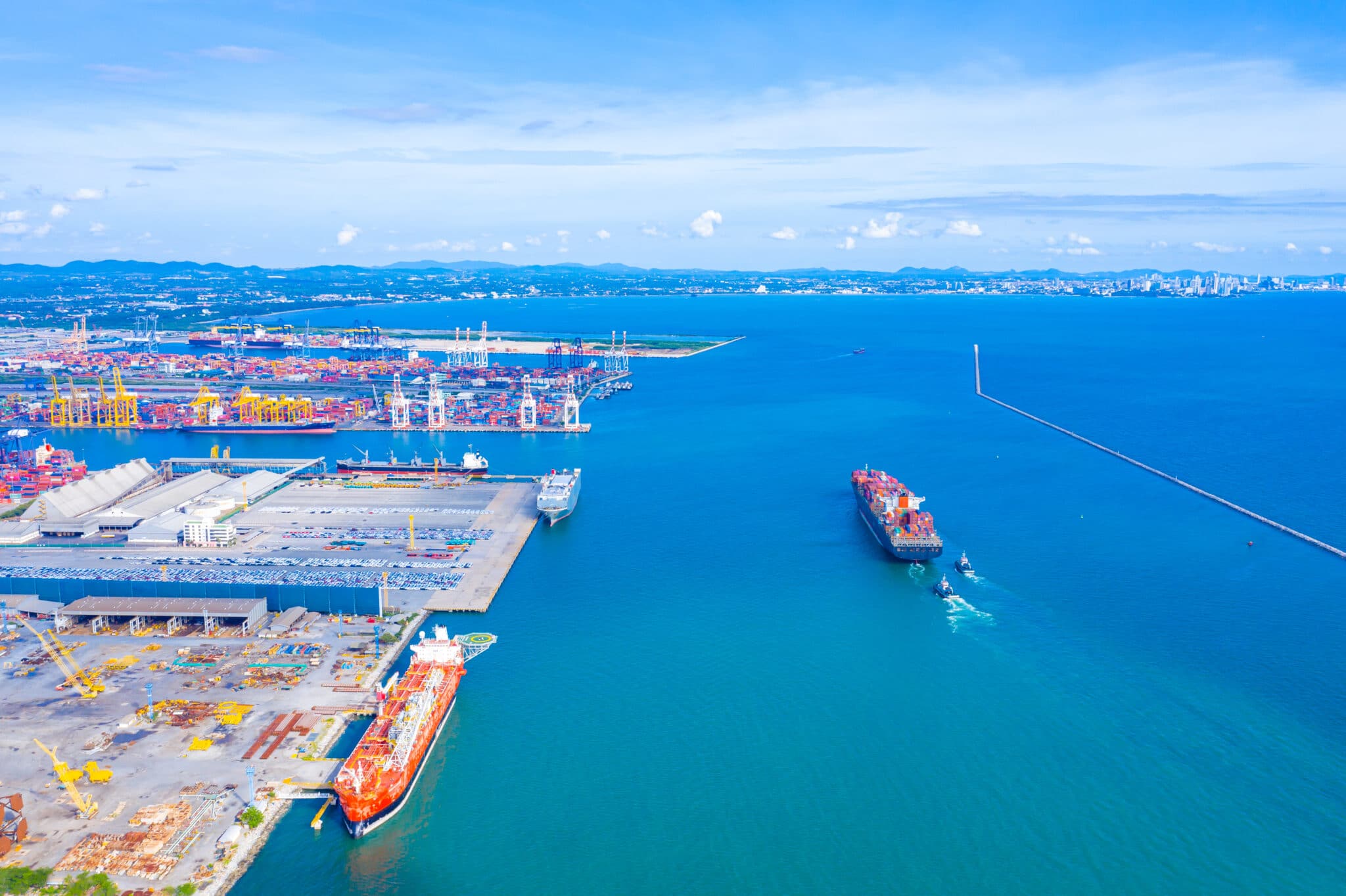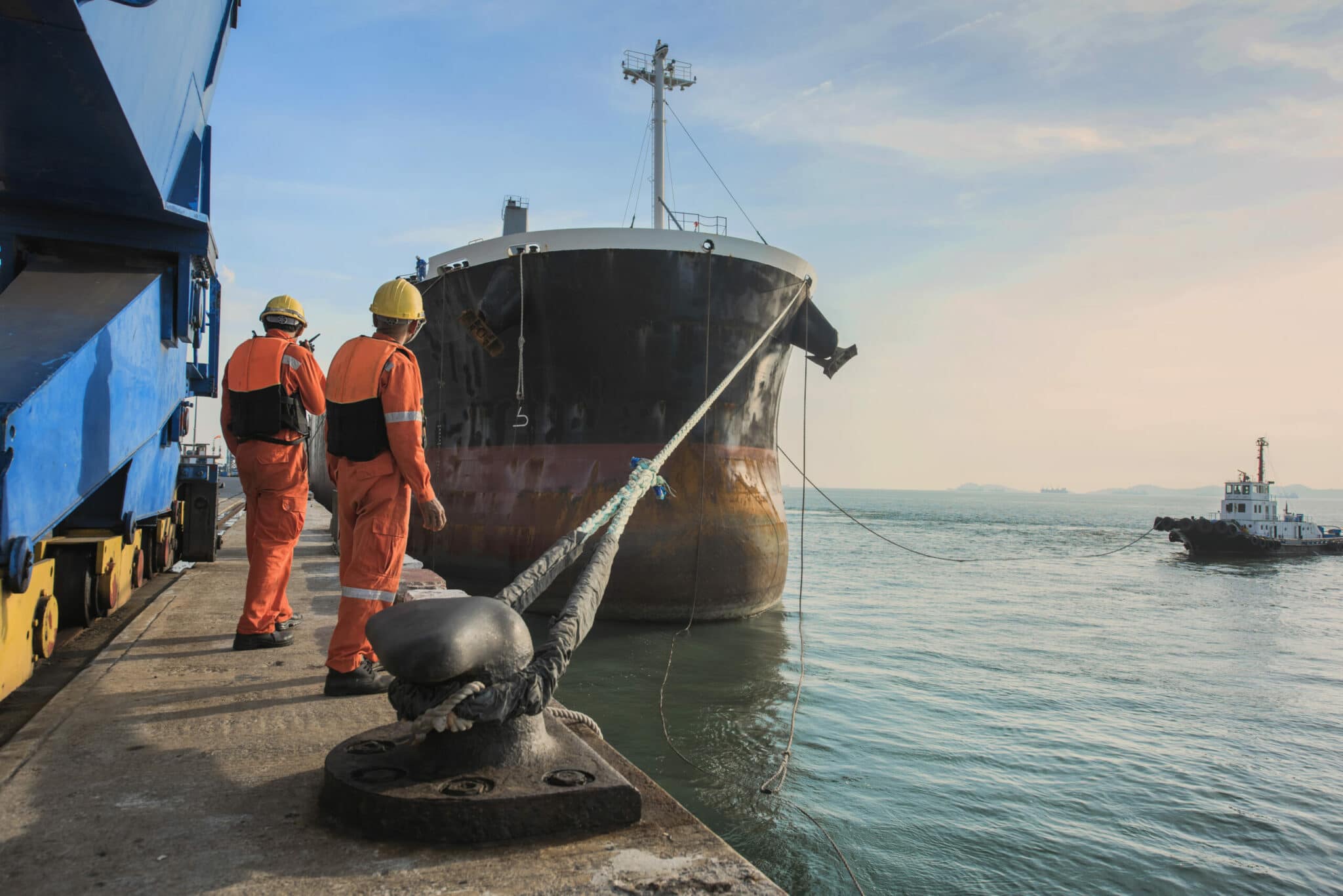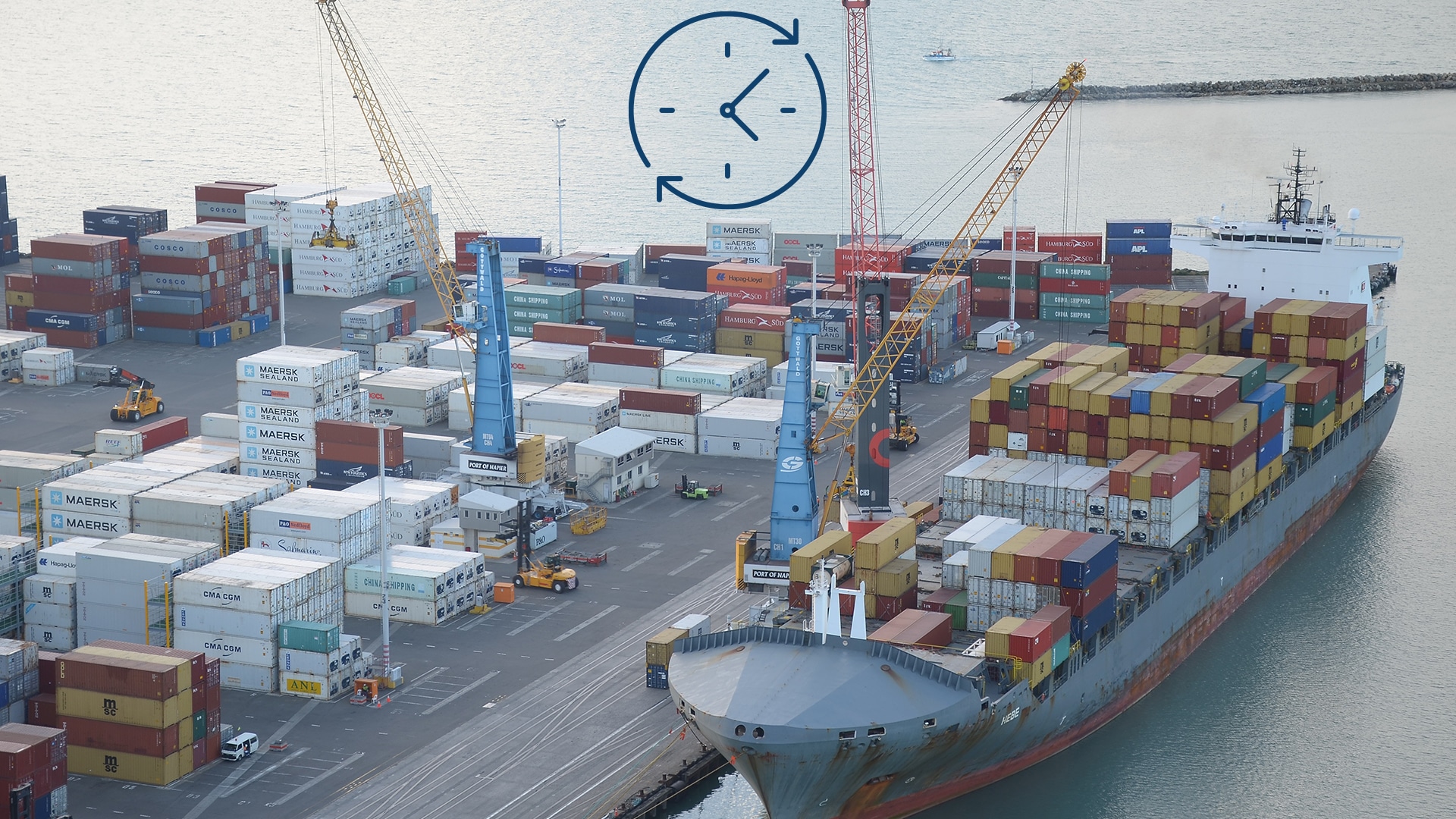
How Does a Ship Transfer Go?
Ships and vessels that are trading in the sea are in need of operation and management. As the ship-to-ship transfer (STS) industry increases in size and complexity, the managing of cargo becomes a critical part of shipbroking.

